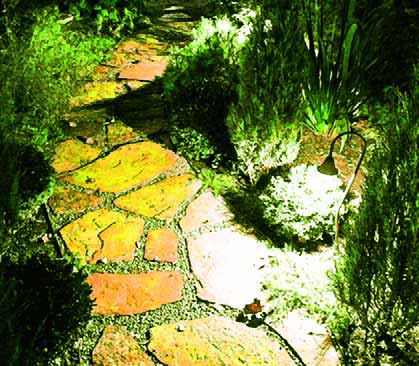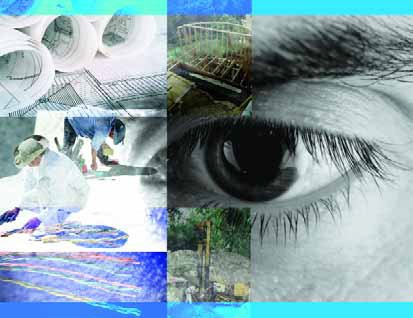column
Those of us who are designers and builders of full-scale outdoor environments (you know who you are) face a distinct challenge: In our work for our clients, we are expected to provide the outline and details for a huge range of project elements, from watershapes and patios to plantings and walkways and more. That list, at least so far as clients are concerned, also includes appropriate lighting, but that is not always something on which we focus. Indeed, lighting design is seen as a specialty even by those who tackle almost every other project feature - and there's no problem with that unless
I've always believed that one of the keys to happiness is enjoying what you do for a living and savoring each day in one way or another. Yes, we all want to make good money and have the sense that we've risen to a place of status and respect within our profession and, yes, we all know that meaningful work provides many different types of rewards, but for me, the greatest of these accrue to those who don't simply work to live, but instead live to work. When I get up in the morning and assume my role as a watershape designer, I invariably greet each day and its tasks with joy. And it's not simply that I love this business (which I do); more important, it's that I genuinely, honestly appreciate my
I've always believed that one of the keys to happiness is enjoying what you do for a living and savoring each day in one way or another. Yes, we all want to make good money and have the sense that we've risen to a place of status and respect within our profession and, yes, we all know that meaningful work provides many different types of rewards, but for me, the greatest of these accrue to those who don't simply work to live, but instead live to work. When I get up in the morning and assume my role as a watershape designer, I invariably greet each day and its tasks with joy. And it's not simply that I love this business (which I do); more important, it's that I genuinely, honestly appreciate my
Have you ever turned down a client who really wanted to work with you and you alone? It's a hard thing to do, which is why most of us have found ourselves at one time or another saying "yes" despite the fact that we believe something the clients want simply cannot be done or, more important, that we've developed serious doubts about them. Just at that point where we really need to sit them down and tell them to go away, many times we'll freeze - and here's the usual reason why: "If I tell them 'no,' then they'll just get someone else to do it and I'll lose the job!" Giving in to this fear of losing a project and letting apprehension guide our decisions in place of any faith we might have in our common sense or experience is
Have you ever turned down a client who really wanted to work with you and you alone? It's a hard thing to do, which is why most of us have found ourselves at one time or another saying "yes" despite the fact that we believe something the clients want simply cannot be done or, more important, that we've developed serious doubts about them. Just at that point where we really need to sit them down and tell them to go away, many times we'll freeze - and here's the usual reason why: "If I tell them 'no,' then they'll just get someone else to do it and I'll lose the job!" Giving in to this fear of losing a project and letting apprehension guide our decisions in place of any faith we might have in our common sense or experience is
All of us who started our own businesses decided at some point what our companies would be: We chose a focus, set guiding philosophies, developed credos, defined a company culture, settled into a working style and pursued success. One of the most important calls each of us made along the way had to do with how large or small our organizations would be. In fact, this decision has a lot to say about how any business runs and appears to the outside world: It influences the volume of business that can be accommodated, dictates management style, narrows or broadens the organizational structure and ultimately
All of us who started our own businesses decided at some point what our companies would be: We chose a focus, set guiding philosophies, developed credos, defined a company culture, settled into a working style and pursued success. One of the most important calls each of us made along the way had to do with how large or small our organizations would be. In fact, this decision has a lot to say about how any business runs and appears to the outside world: It influences the volume of business that can be accommodated, dictates management style, narrows or broadens the organizational structure and ultimately
Our discussions in the last two issues have been about excavation, which leaves us this time with a big, literal void that serves as a relatively exact dimensional representation of the vessel we're building. After we've installed the forms - a subject I've covered in great detail in a number of past columns - it's time for the installation of the plumbing and steel. Before we jump into that process, however, let me make a key point: Although I am a knowledgeable builder who has paid attention through the years and can work his way through lots of watershaping projects without assistance, I am not


















